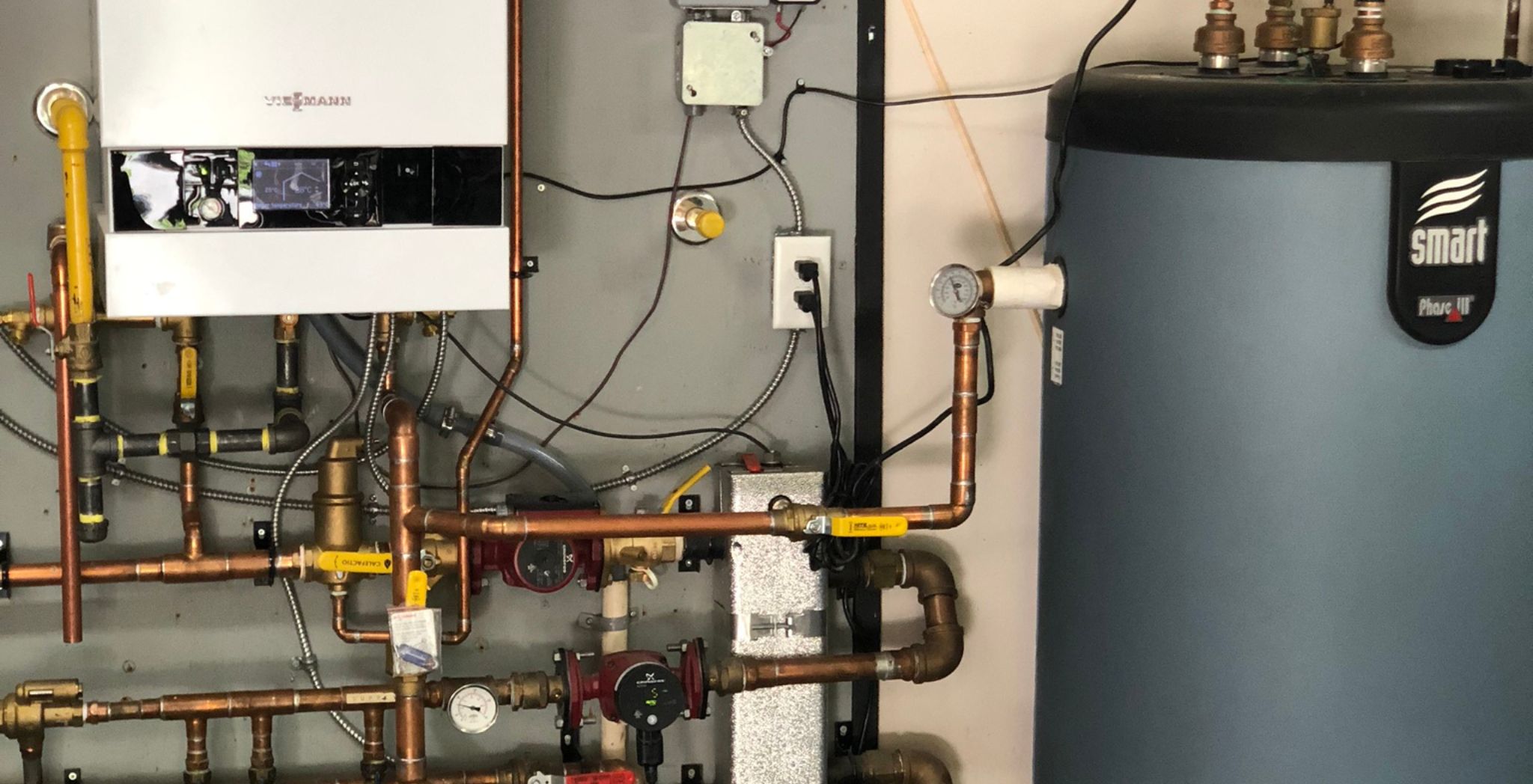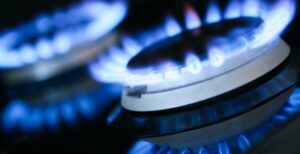Gasfitting safety is paramount in any residential or commercial setting where gas is used for heating, cooking, or other essential applications.
The proper installation, maintenance, and adherence to safety guidelines are crucial to prevent accidents, injuries, and potential gas leaks.
This comprehensive guide will delve into essential gasfitting safety tips, gas leak prevention measures, and gas maintenance tips to ensure your property’s secure and reliable gas supply.
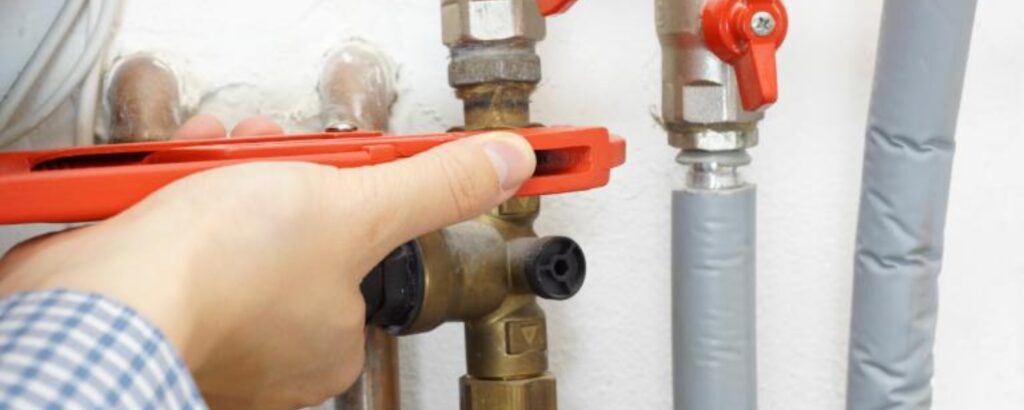
Gasfitting safety begins with the installation of gas systems. Hiring a qualified and licensed gasfitter must ensure all components are installed correctly and meet safety standards.
A licensed professional possesses the expertise to assess your property’s specific needs, recommend appropriate equipment, and install the gas system in compliance with local regulations.
During the installation process, it is crucial to prioritize the use of high-quality materials and reliable components.
Cutting corners with subpar materials can compromise the system’s integrity, leading to potential leaks and hazards.
Investing in quality equipment from reputable manufacturers is fundamental to gasfitting safety.
Gasfitting Tips for Installation: A Checklist for Safety
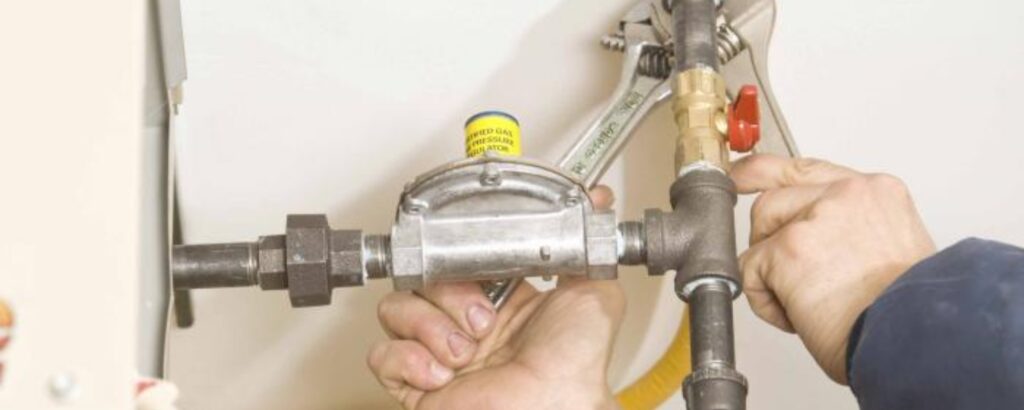
1. Professional Assessment:
Before gas system installation, engage a licensed gasfitter for a comprehensive property assessment.
Their expertise ensures accurate sizing, proper placement, and compliance with safety regulations.
A professional evaluation minimizes the risk of installation errors and enhances the overall safety of the gas system.
2. Quality Materials:
Selecting high-quality pipes, fittings, and appliances is paramount for the longevity and reliability of your gas system.
Investing in top-notch materials reduces the likelihood of corrosion, leaks, and system failures, ensuring the safety and efficiency of the entire gas installation.
3. Compliance with Regulations:
Adherence to local and national gasfitting regulations is non-negotiable during installation.
Compliance guarantees that the gas system meets safety standards and legal requirements.
A failure to comply could result in unsafe conditions and legal consequences, emphasizing the importance of meticulous attention to regulatory details.
4. Ventilation:
Proper ventilation is essential to prevent the accumulation of gas fumes.
During installation, ensure adequate ventilation in areas with gas appliances.
Proper airflow mitigates the risk of gas buildup, enhancing safety for occupants and minimizing the potential for respiratory issues related to gas exposure.
5. Secure Gas Connections:
Utilize appropriate fittings and connections during installation, securing the gas supply from the outset.
A meticulous approach to connecting gas pipes reduces the likelihood of leaks and ensures the entire system’s integrity.
Regular checks during and after installation further confirm the stability of gas connections, fortifying the safety of the overall gas supply.
These gasfitting tips for installation collectively contribute to a robust foundation for a secure and reliable gas system.
Property owners can securely build a gas infrastructure that prioritizes safety, effectively reducing the risk of potential hazards by prioritizing professional expertise, quality materials, regulatory compliance, proper ventilation, and secure connections.
Gas Leak Prevention: A Crucial Element of Gasfitting Safety
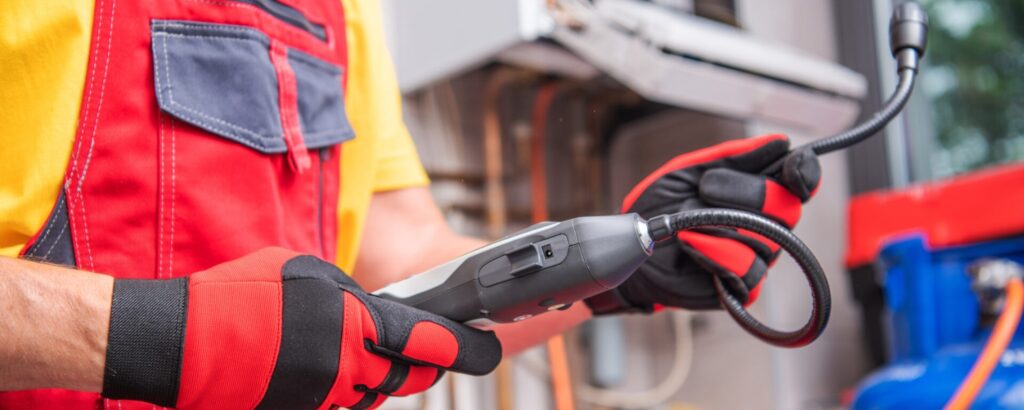
Gas leaks pose a significant risk to both property and personal safety.
Identifying indicators of a gas leak and promptly responding are imperative to avert potentially catastrophic outcomes.
1. Distinctive Odor:
Gas companies introduce a specific scent to the gas to facilitate prompt detection of leaks.
If you smell a rotten egg-like odour, it may indicate a gas leak.
2. Hissing Sounds:
A hissing sound near gas lines or appliances can indicate a leak. If you hear such sounds, evacuate the area immediately and contact emergency services.
3. Dead or Discolored Vegetation:
Unexplained dead or discoloured vegetation near gas lines could indicate a leak. Pay attention to changes in plant life around gas infrastructure.
4. Physical Symptoms:
Inhaling natural gas may lead to physical symptoms, including dizziness, nausea, headaches, and difficulty breathing.
If you or others experience these symptoms, leave the premises and seek medical attention.
5. Use Gas Detectors:
Install gas detectors in key areas of your property, especially near gas appliances and basements, to provide an early warning in case of a leak.
Gas Maintenance Tips: Sustaining a Safe Gas System
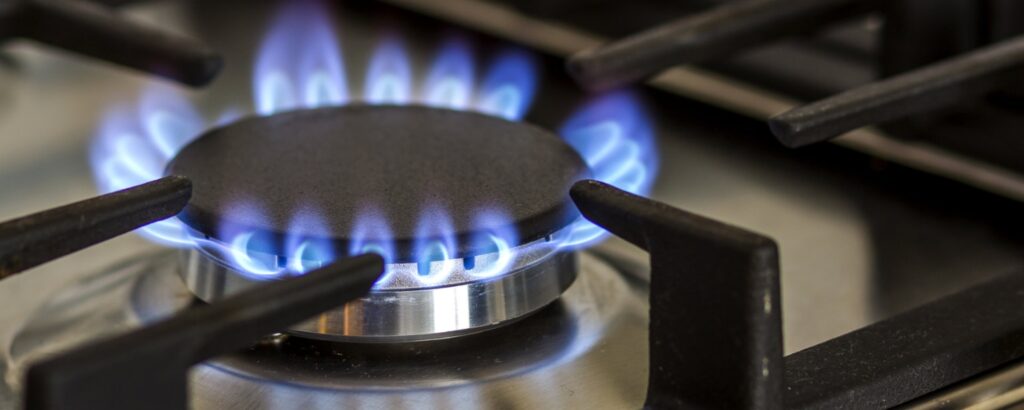
Regular maintenance is essential to ensure your gas system’s ongoing safety and efficiency. Neglecting maintenance can lead to the accumulation of issues that compromise the integrity of the system over time.
1. Scheduled Inspections:
Schedule regular inspections by a licensed gasfitter to check for wear and tear, corrosion, and potential issues with the gas system.
2. Appliance Maintenance:
Follow the manufacturer’s guidelines for maintaining gas appliances. Regularly clean and inspect burners, vents, and other components to ensure they function optimally.
3. Check for Corrosion:
Inspect gas pipes for signs of corrosion, rust, or damage. Corroded pipes can weaken over time and lead to leaks.
4. Monitor Gas Pressure:
Regularly monitor gas pressure to ensure it remains within the recommended range. Fluctuations in pressure can indicate potential issues with the system.
5. Emergency Shut-Off Procedures:
Educate all property occupants about emergency shut-off procedures. Knowing how to turn off the gas supply can prevent further complications in case of a gas leak or other emergencies.
Gas Plumbing Safety Guidelines: A Framework for Secure Gas Systems

Adhering to specific gas plumbing safety guidelines is essential to maintaining a secure gas system.
These guidelines encompass various aspects, from installation to emergency response protocols.
1. Proper Installation Clearances:
Install gas appliances with clearances to combustible materials to prevent overheating and potential fire hazards.
2. Secure Gas Joints:
Ensure all gas joints are securely connected and leak-free. Apply appropriate sealants and check connections regularly.
3. Grounding Requirements:
Follow grounding requirements for gas piping systems to prevent the buildup of static electricity, which can ignite gas leaks.
4. Emergency Response Plan:
Develop and communicate an emergency response plan that includes evacuation procedures and contacting emergency services in case of a gas leak or related issues.
5. Ongoing Education:
Stay informed about updates in gasfitting safety standards and regulations. Ongoing education ensures that you remain proactive in maintaining a secure gas system.
Conclusion:
In conclusion, gasfitting safety is a multifaceted property management aspect requiring diligence, expertise, and a commitment to ongoing maintenance.
By following the outlined gasfitting tips, gas leak prevention measures, and adhering to gas maintenance guidelines and safety regulations, property owners can ensure a secure and reliable gas supply for their homes or businesses.
Prioritizing gasfitting safety protects property and assets and, more importantly, safeguards the well-being of occupants against the potential hazards associated with gas systems.
LifeMechanical plays a crucial role in gas fitting safety by providing expert services to ensure a secure gas supply.
Their certified professionals prioritize meticulous installations, compliance with safety regulations, and regular maintenance.
Trust LifeMechanical for top-tier gasfitting solutions that enhance safety and reliability in residential and commercial spaces.

